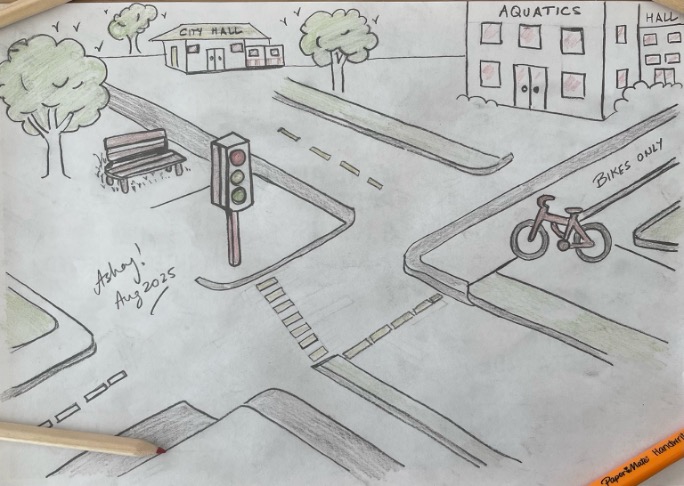Nexus at the heart of predictive modeling
Strategic asset management sits at the intersection of data-driven decisions and long-term organizational objectives. Historically, practitioners have grappled with fragmented data, complex interdependencies, and siloed decision-making frameworks. Enter Nexus modelling — a revolutionary feature within Modelve software — transforming how organizations approach strategic asset management by providing an integrated, dynamic, and holistic modelling environment.
At its core, Nexus modelling allows users to establish intricate connections between diverse asset components, systems, and processes. Unlike traditional asset management approaches that manage assets independently, the Nexus feature embraces the complexity and interconnectedness inherent in strategic infrastructure. This shift from isolated data islands to a cohesive, interconnected data ecosystem equips asset managers with unprecedented clarity, empowering informed decision-making that directly aligns with strategic objectives.
One key transformative aspect of Nexus modelling is its capacity to simulate the cascading effects of decisions across an entire asset network. Decision-makers gain the ability to instantly visualize and quantify the impacts of potential investments, maintenance schedules, and policy shifts. This predictive insight minimizes unforeseen consequences and facilitates optimized resource allocation.
Furthermore, Nexus modelling promotes interdisciplinary collaboration. By centralizing data into a unified, visual platform, it breaks down traditional departmental silos. Engineers, financial analysts, and strategic planners collaborate seamlessly, leveraging shared intelligence and unified goals. The result is increased alignment, efficiency, and a collective strategic focus.
Crucially, the transformative potential of Nexus modelling lies in its scalability and adaptability. Organizations can easily accommodate new data, emerging assets, and evolving strategic priorities, ensuring resilience and responsiveness in a rapidly changing environment.
Nexus Modeling: An asset plan model that reflects how the community perceives…
A city is a dynamic nexus of diverse assets—physical and natural—all interwoven to support the delivery of essential services to its residents.
Roads, parks, stormwater systems, and facilities are not isolated components but part of an interconnected place that shapes community wellbeing and economic vitality.
Recognizing these interdependencies in a single interconnected model invites a connection with how we budget—not by siloed departments or asset classes, but through a systems lens that aligns investment with outcomes across the whole city.
More importantly, it reflects how a community sees the service.
By understanding how one asset affects the performance and value of adjoining ones, councils can rethink service delivery, unlock shared value, and direct funding to where it creates the greatest long-term impact.
And use a nexus-based score to determine the decisions.
The greatest benefit of one encompassing model is also to plan for climate, social cohesion, and demographic scenarios as a whole of city or shire.
So a corridor is a nexus of pavements, streets, sidewalks, underground pipes, and associated ITS assets.
Similarly, a facility is a nexus of individual spaces, and a campus is a nexus of individual buildings, car parks, and amenities.
Now imagine a park being a service of active and passive recreation and, alongside the streets, car parks, and drainage, forming a nexus of community living.
In conclusion, Nexus modelling represents a paradigm shift in strategic asset management. It replaces fragmented, linear management approaches with a sophisticated, interconnected modelling environment that drives proactive, strategic, and sustainable asset management practices. As organizations adopt Nexus, they not only enhance their immediate decision-making capabilities but also lay the foundation for long-term strategic resilience and success.






